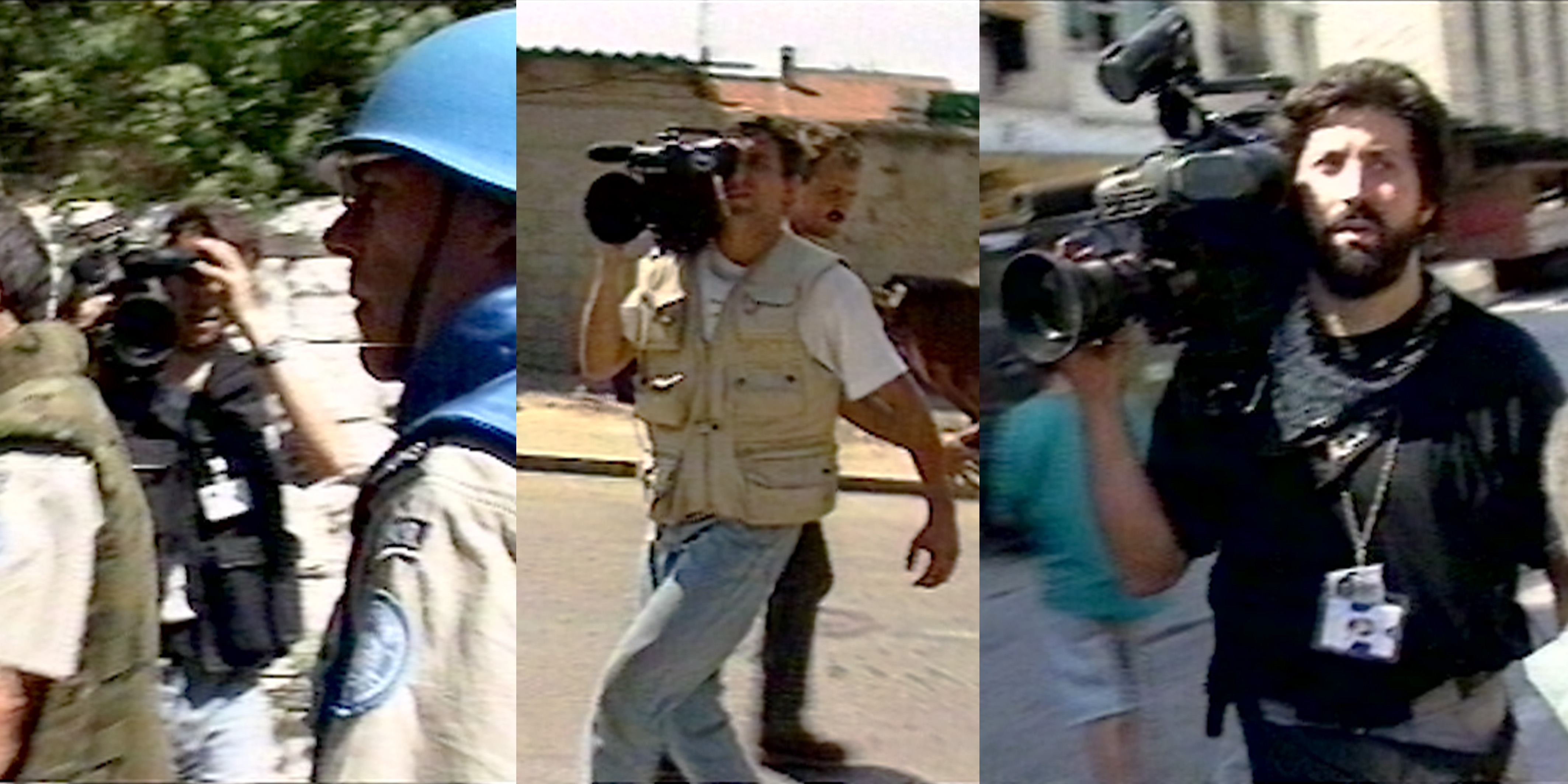Haunted Archives: Presence and Absence in the Audio-visual Record of Conflict in Bosnia-Herzegovina
Main Article Content
Abstract
This paper examines the potential consequences of the loss of raw rushes of historical events on collective memory. It examines two sets of rushes from 21 August 1993 that survived against the odds, of the arrival of the first humanitarian aid convoy in the besieged enclave of east Mostar, Bosnia-Herzegovina. These rushes were compared with edited accounts and examined for elements that, in the words of Dai Vaughan, could generate “meanings oblique, peripheral or even antagonistic to the text as understood.”
According to a well-worn maxim, “journalism is the first rough draft of history”. This is certainly true for audio-visual media: typically, archives preserve edited, “finished” films, and rushes often get lost from the record. This highlights a sometimes overlooked form of exclusion from the archive: the selection of footage in the editing room. In commercial news archives economic pressures determine which footage will be digitised, and a diminishing pool of well-known images tend to be re-used in a “feedback loop of historical footage”.
Examining the rushes of the aid convoy to Mostar reveals how much the news coverage is coloured by the media spectacle accompanying the convoy. The clear emphasis on the humanitarian aspects of the story downplays the political stakes of the warring parties, and incongruous jokes to the camera provide unexpected glimpses of the pressures and the privileges of the international journalists and aid workers producing the images. These are insights that could only have been gleaned from the raw rushes of the situation, and are an indication of the kind of insights into comparable events that may have been “narrativised” out of the historical record, and lost on the cutting room floor.
Article Details

This work is licensed under a Creative Commons Attribution 4.0 International License.
Authors who publish with this journal agree to the following terms:
- Authors retain copyright and grant the journal right of first publication with the work simultaneously licensed under a Creative Commons Attribution License that allows others to share the work with an acknowledgement of the work's authorship and initial publication in this journal.
- Authors are able to enter into separate, additional contractual arrangements for the non-exclusive distribution of the journal's published version of the work (e.g., post it to an institutional repository or publish it in a book), with an acknowledgement of its initial publication in this journal.
- Authors are permitted and encouraged to post their work online (e.g., in institutional repositories or on their website) prior to and during the submission process, as it can lead to productive exchanges, as well as earlier and greater citation of published work (See The Effect of Open Access).

